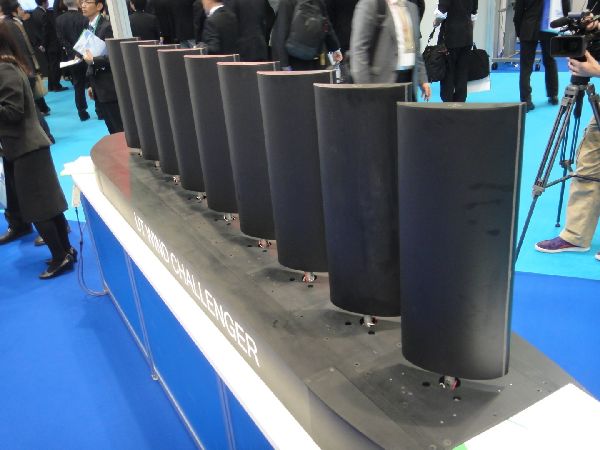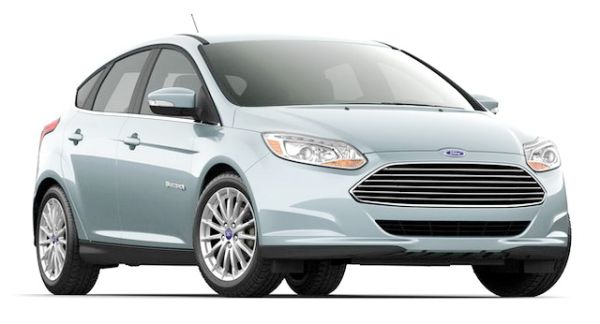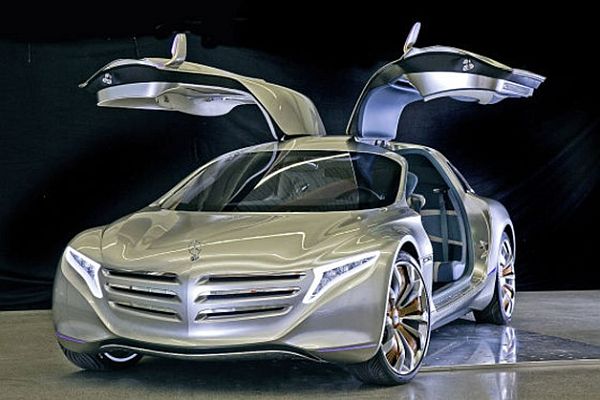One of the many product designs that could very well describe what future technology would be like is the Wind Challenger Project, a ship design said to reduce fuel consumption considerably, and particularly in huge merchant vessels. The project is being developed by a group comprising members from the University of Tokyo and by fusing old school concepts with modern technology.

The team’s idea is to use giant retractable sails measuring 20 meters wide and 50 meters high and maximizing wind energy. It has performed computer simulations for various shipping routes such as the Yokohama – Seattle route with results that proved to be encouraging. The simulations show that hybrid ships with engines and sails are believed to bring down annual fuel consumption by around 30 percent.
By using modern technology, each of these sails’ angles is programmed to be controlled individually in order to achieve maximum propulsive force. Depending on climatic conditions, the telescopic sails which consist of five parts will be able to contract when the vessel is at anchor. The navigation technology also includes networked maritime information and weather forecasting to enable the vessel to travel safely.
The sails are designed in a curved manner and unlike conventional ones, do not use canvas. Instead, they utilize fiber reinforced plastic and aluminum to make them more rigid. Wind tunnel tests and computer simulations using scaled models indicate that this technique is more effective at conserving energy when there is a crosswind. So, instead of taking the shortest route, it’s possible to travel faster and in the process, consume less fuel by opting for the most favorable route that takes into account wind strength, weather and direction.
The sails have been reported to cost $2.5 million each. Despite the high cost, however, they can reduce fuel consumption by more than 25 percent which could turn out to be cheaper in the long run.
Via: Diginfo




